Culture
5 Ways to Build an Inclusive Future—From Members of 2U's Abilities Resource Network
Written by Ability Resource Network on Dec 3, 2021
Related content: Diversity And Inclusion, Life at 2U
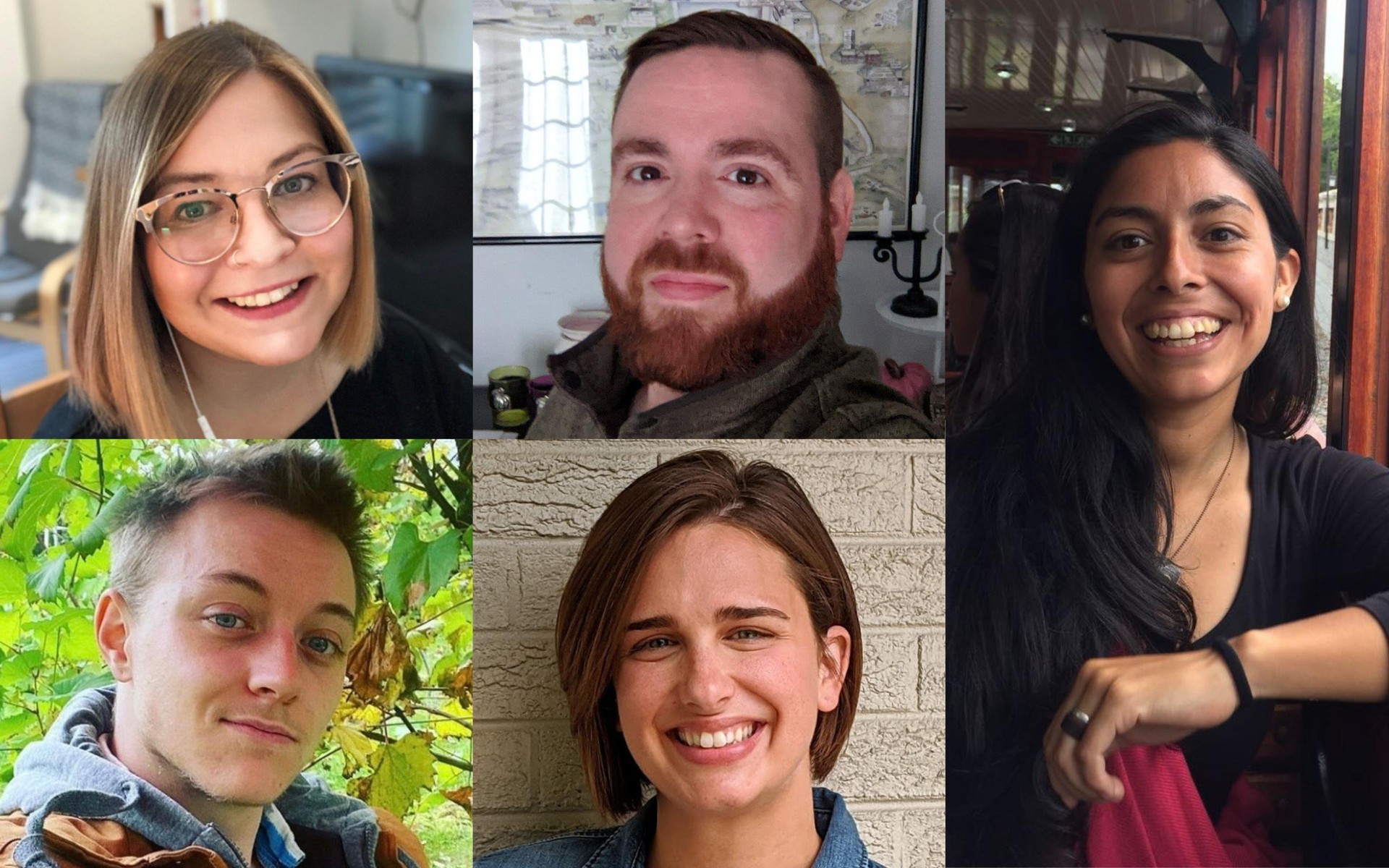
Today, December 3, is International Day of Persons with Disabilities, which the United Nations proclaimed nearly 30 years ago to help increase awareness of people with disabilities across every facet of daily life: social, economic, cultural, educational, political, etc. Approximately 15% of the global population constitutes what the United Nations refers to as “the world’s largest minority,” so this annual observance has been vital in the ongoing effort to promote equal access as a human right and remove barriers to inclusion.
To honor this day, we asked five 2U employees with a diverse range of abilities—and who are all members of the Ability Resource Network (ARN), 2U’s newest employee-led business resource network—to share one way they feel society can work together to build a more inclusive future for abilities of all kinds. Here are their responses:
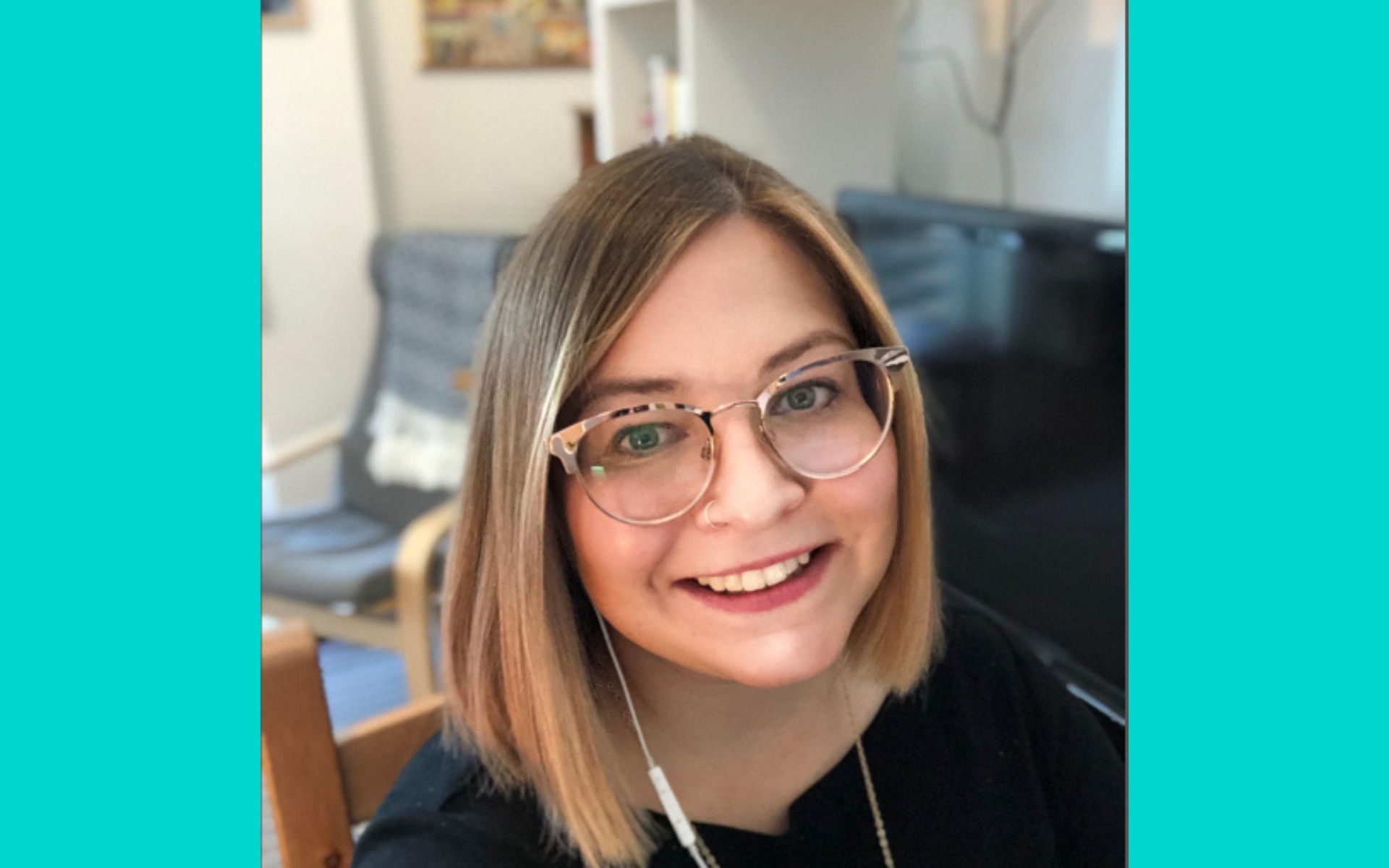
Rachel Hautzinger, Student Success Advisor and ARN Community Chair
We need to focus more on inclusivity in relation to the design of our world. If we design tools, objects, and environments that are accessible to all, there’s the potential to discover incredible benefits and innovation. For example, I am an amputee missing my left hand. How much creativity and forward-thinking could we unlock if we considered designing our tools and way of life for someone like me? Or simply, how great would it be if we could do more things with just one hand? Check out the TED Talk ”When We Design for Disability, We All Benefit” by former disability rights lawyer Elise Roy. She references that text messages were designed for people who are deaf, yet in this day and age, everyone finds it a helpful communication tool. By looking at the world through a different lens and building the world based on accessibility instead of accommodating it, we all benefit.
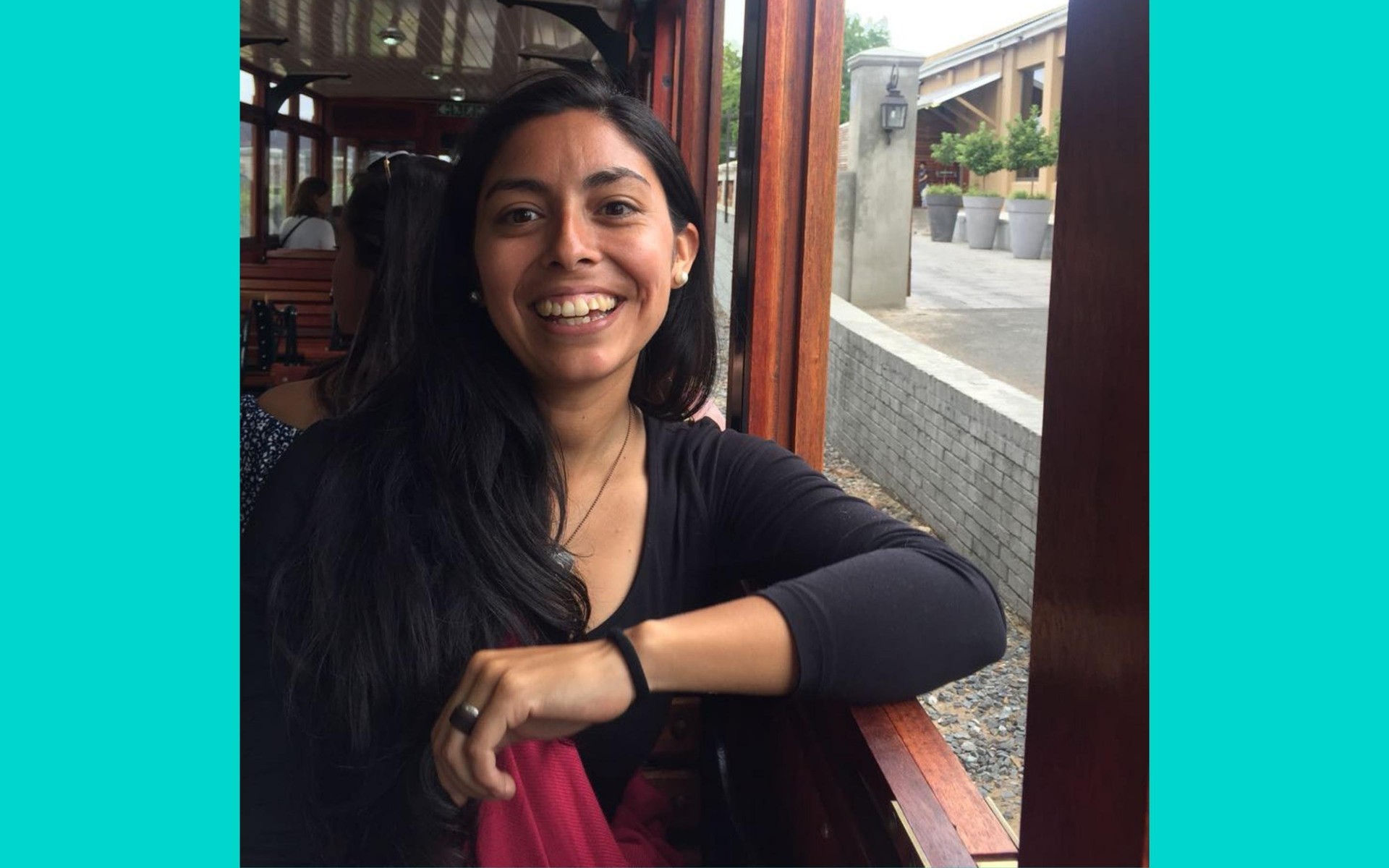
Maru Martinez Pouza-Faller, Localization Advisor
One way we can accomplish a more inclusive future is to align our mindset, words, and actions. We read and hear beautiful things about inclusion, but we don't always see that translated into actionable work and effort. In 2012, I spent six months in a wheelchair after an accident. Only then did I end up seeing that little was being done here in South Africa in terms of creating accessible places and public transportation. That helped me to change my mindset—starting from adjusting the way I address others and even using the word “disabled.” We are all people and have the same essence, so in reality, we all have different abilities. If we start recognizing this, the next generations will act as the reflection of the examples we leave behind. But the change has to be honest, deep, and real. Inclusion should be a priority if we want a solid foundation upon which to build things that will last.
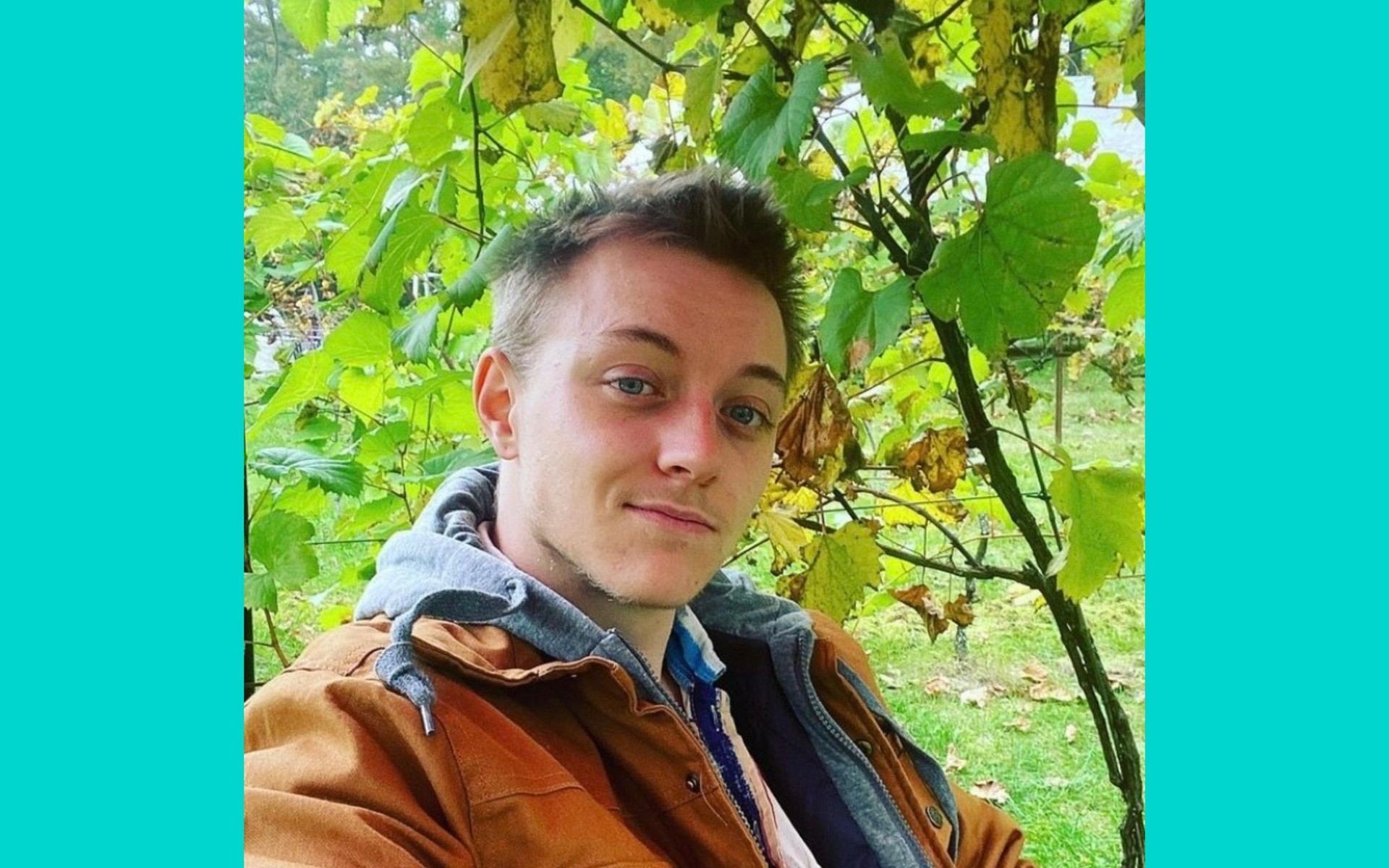
Ren Q Dawe, Admissions Counselor
I am a trans man and research professional, and I personally deal with ADHD and a Lyme disease diagnosis. I also did my graduate work in counseling for diverse populations and advocacy within corporate environments for underrepresented groups. We empirically know that inclusivity for people with different abilities increases productivity, workplace satisfaction, and overall metric success. We also know that burnout is one of the biggest causes of employee turnover and workplace dissatisfaction. And, surprise surprise, people with different abilities and neurodivergent workers are at a much higher risk for this. Pain is a biopsychosocial phenomenon; when our brains are under psychological and social stress, our bodies respond with overall fewer cognitive resources available for work. One simple way to be more inclusive is for employers to create a psychologically safe space to talk about burnout, what is causing it, and how to prevent it for employees from all abilities. Burnout is not a sign of weakness on the worker, but a sign of neurotypical exclusivity within our systems.
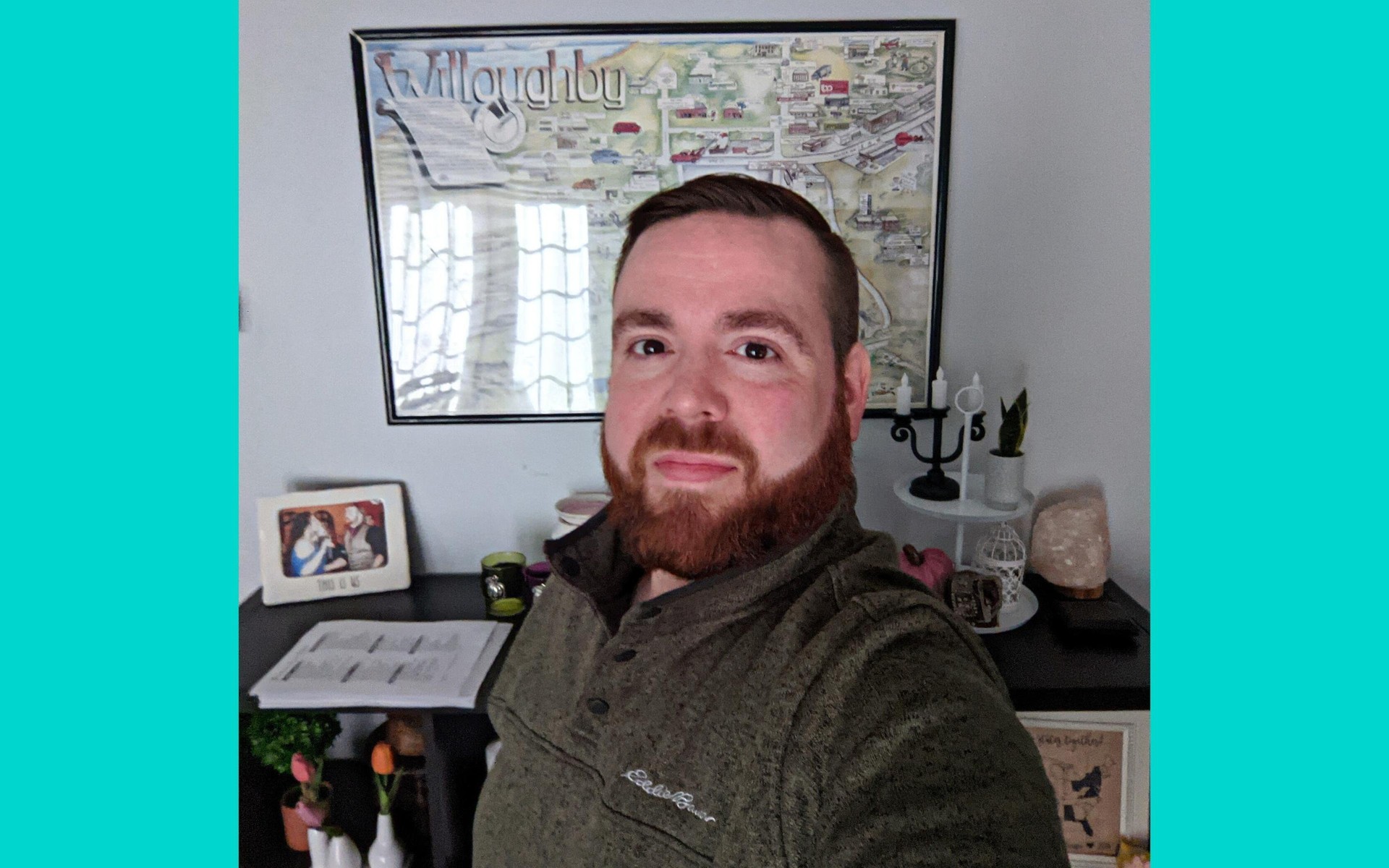
Sean Johnson, Admissions Counselor
As someone who has been diagnosed with ADHD—a challenge that a high number of adults face daily—I think real strides have been made in education to aid those who share my diagnosis. For example, many of today’s students are afforded purposeful modifications and accommodations, which I never had. However, when learners graduate and enter the working world on their way to hopefully fulfilling careers, those opportunities offered during their education often get lost, or are deemed no longer necessary. So, I would love to see more companies find ways to consider the multi-faceted world of learning differences as more neurodivergent, ADHD among them. This can be as “simple” as providing for more learning styles when determining how information is presented and taught.
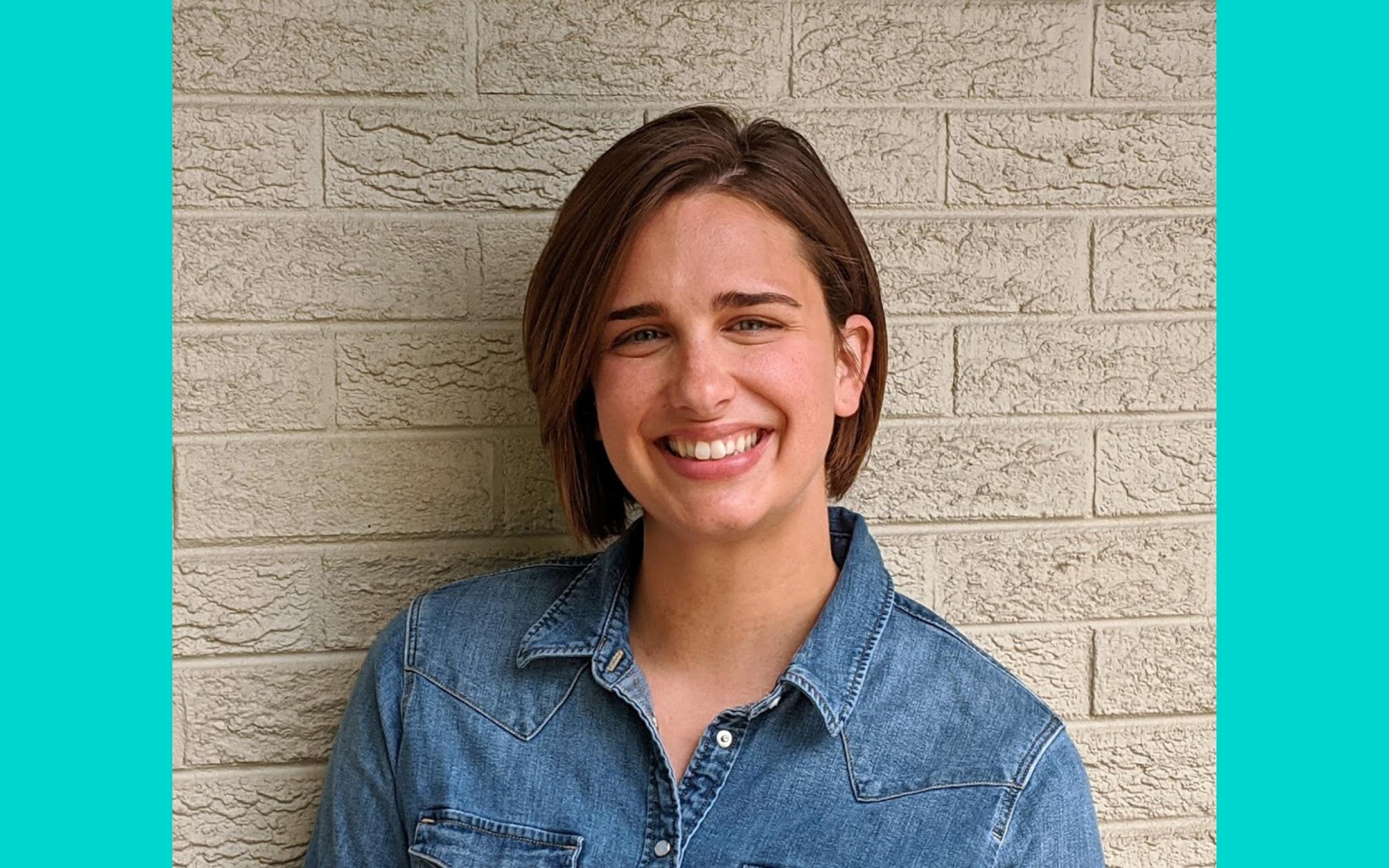
Kyla Hines, Faculty Relationship Manager
One of my favorite stories from history is about Martha’s Vineyard Sign Language (MVSL). In the 18th century, one in 25 people across the island were deaf, and in some smaller communities the statistic rose to as much as 60%. The hearing and Deaf communities were extremely integrated, leading to a form of American Sign Language exclusive to Martha’s Vineyard. Hearing and Deaf people alike used MVSL to communicate: children signed to each other across desks at school; farmers signed across fields to relay safety information. People who were deaf were not viewed as disabled or incapable–they were a natural and integral part of daily life. This history lesson speaks to the conviction that when a barrier arises for a person with a disability, it is not that they lack something. Rather, it’s the environment and community around them that lack access. What I’ve learned from navigating my disabilities is that when I find myself in an environment that meets my needs, I lack absolutely nothing—and actually bring things to the table that my non-disabled peers may not. One way we can build a more inclusive future is to envision Martha’s Vineyard from long ago—where everyone thrived together because their environment didn’t stifle people’s abilities and strengths, but rather celebrated them.
~~~
Interested in more 2U perspectives on accessibility? Read how the lens of accessibility is helping 2U transform higher education from 2U’s senior director of product accessibility, learn more about our new Abilities Resource Network (ARN), and follow “A Day in the Life” of ARN Global Chair Ashley Redman and Global Vice Chair Bianca Lee.